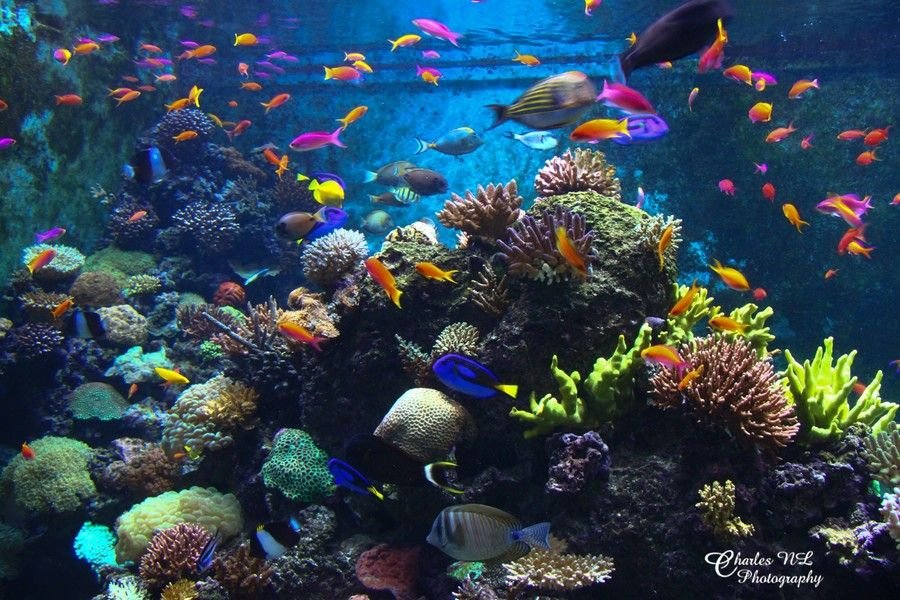Back to: BASIC SCIENCE JSS2
Welcome to class!
Welcome to JSS2 First Term.
Today in Basic Science, We will be discussing Living Things Habitat. Enjoy the class!
LIVING THINGS (HABITAT)
You must have realized that you as a human being cannot survive in water naturally, likewise, a fish cannot survive on land. This is because both organisms have been taken out of their natural habitats.
A habitat can be therefore be defined as the kind of place where a living organism normally and naturally lives. From the example used earlier, the habitat of fishes will be water.
Do not forget that living organisms refers to both plants and animals and as such, we will consider examples of both plants and animals as we look at the major types of habitat next.
There are three major types of habitat:
1. AQUATIC HABITAT:

The word ‘aqua’ translates to water, hence, this habitat simply depicts the water environment like lakes, rivers, ponds, and wetlands.
Several factors influence the kinds of living organisms found in the aquatic habitat. These factors include the temperature of the water and how much it changes, availability of nutrients in the water and the degree of movement or flow of the water.
Examples of living organisms found in the aquatic habitat are fish, whale, turtles, crocodiles, tadpoles, water lilies, water lettuce, dolphins, crabs, jellyfish, sea snails etc.
2. TERRESTRIAL HABITAT:
This habitat refers to the land environment. This can be further subdivided to forests, grasslands and deserts. Terrestrial habitat can also include habitats that are made by man (artificial) such as houses, farms, tents, towns, cities etc.
Also, we have some of these artificial or man-made habitats that are under the Earth-like caves and mines.
Several factors influence the kind of plants and animals that grow and thrive in the terrestrial habitat. Such factors include the temperature of the environment, the humidity of the environment (i.e. the amount of moisture in that environment; in the soil or that comes down as rain or snow), availability of nutrients in the soil and the degree of flooding in that environment.
This habitat is for all organisms that can survive on land. Examples of such organisms are human beings (just like you!), dogs, goats, camels, donkeys, lions, cactus plant, pawpaw trees, mango trees etc.

Some of these organisms live either on the ground or under the ground. Dogs, lions, human beings, camels, donkeys etc. live on the ground, while ants live under the ground but still move on the ground too.
3. ARBOREAL HABITAT:
‘Arbor’ is a Latin word for trees, therefore, this habitat refers to habitat within trees. It can be at the roots, the canopies, the branches etc.
Arboreal basically refers to animals that live mostly or exclusively in trees. Examples of such animals include monkeys, ants, birds, rodents, parrots, chameleons, geckos, tree snakes and several insects.

NOTE: Based on the features of each type of habitat explained above, you should be able to classify living organisms into their respective habitats. Try it out!
In our next class, we will be talking about Adaptation of living things to their habitat. We do hope you enjoyed the class?
Should you have any further question, feel free to ask in the comment section below and trust us to respond as soon as possible.
